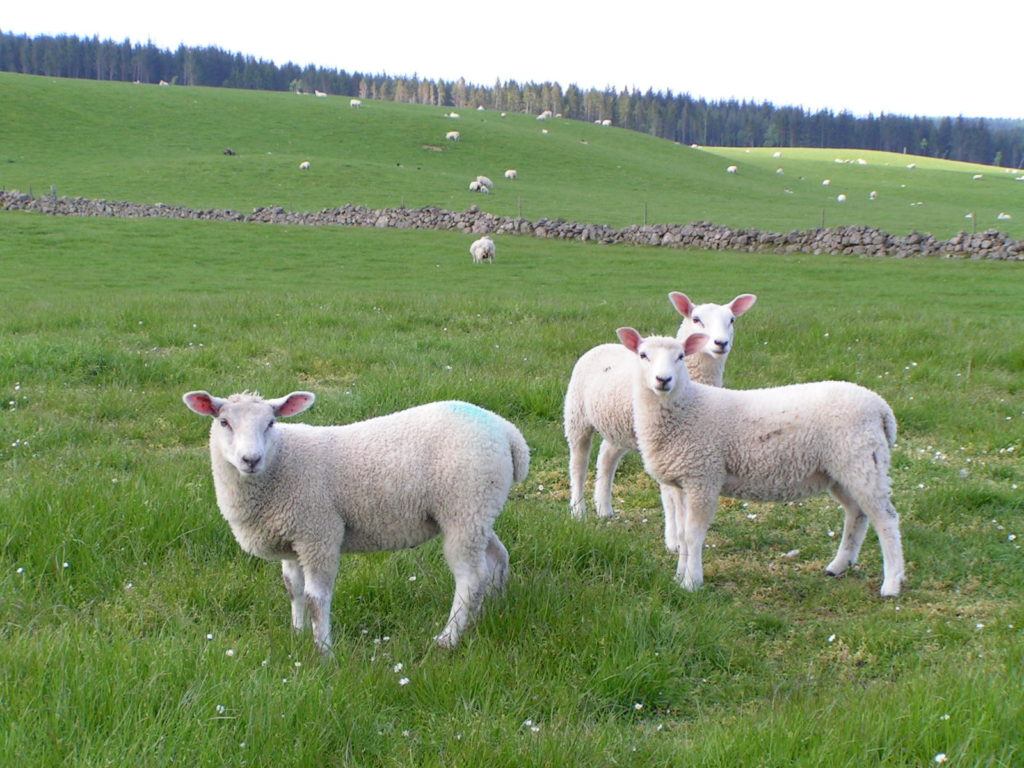Risks To Lambs In The Summer Months
28 June 2022While the highest risk period for lamb deaths is now past there are still threats to consider in the summer months, including:
Red Gut
Red gut, this is a term used to describe intestinal displacement and torsion, and is characterised as sudden death in lambs. The causes are not fully understood, but it often occurs in weaned lambs grazing clover rich pasture. A paper in the New Zealand Veterinary Journal suggested there are a few predisposing factors including:
- low fibre in the diet of highly digestible forages causes a reduction in rumen capacity
- increased large intestinal fermentation leading to an increase in size and function of the intestine
Signs of colic may be seen but most often lambs are found dead. Providing fibre in highly digestible forages e.g. red clover such as hay can help reduce the incidence. Anecdotal evidence also suggests that a five- day lush pasture and two-day rough pasture cycle is another effective measure to prevent deaths from red gut, but may be less practical to do so depending on your set up.
Dosing Injuries
Another common issue to be aware of is dosing injuries. Inhalation of copper containing drench can be fatal within 15 minutes of administration, up to 24 hours later. Lungs can sometimes appear congested and consolidated; however histopathology is required to confirm the diagnosis.
Pharyngeal injuries caused by the dosing gun cause a more prolonged disease course, however, may not be noticeable, and can present as sudden deaths in the following weeks. Examination of the pharynx at post-mortem can be diagnostic.
To prevent injury a good check list to go through prior to dosing is:
- Is there sufficient time available to dose all gathered sheep – accidents are more likely when a job is rushed or when light is fading
- Are handling facilities adequate
- Does the person undertaking the task have the knowledge and skills required
- If administrating a bolus ensure it is the correct size
- Is the drenching or bolusing gun maintained correctly, are there any sharp edges? The angle of the drenching arm is particularly important so look for any bends out of place
- Discuss your dosing regime with your vet and nutritionist to ensure it is required
Mary Young, mary.young@sac.co.uk
Sign up to the FAS newsletter
Receive updates on news, events and publications from Scotland’s Farm Advisory Service

